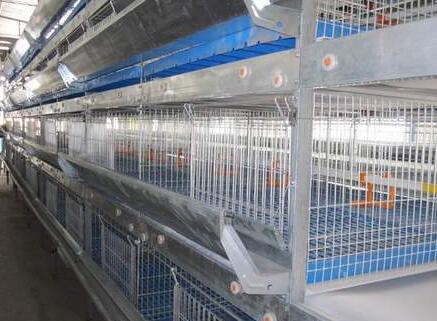The Story and Significance of Single Barbed Wire
Barbed wire has long been an essential component in agricultural and military applications, serving as a deterrent against intruders while marking boundaries and secure perimeters. Among the various types of barbed wire, single barbed wire stands out for its simplicity and effectiveness. This article delves into the origins, uses, and implications of single barbed wire – a humble yet important invention.
Origins of Barbed Wire
The invention of barbed wire is credited to Joseph Glidden, an American farmer who developed it in 1873. His design consisted of twisted strands of wire with sharp barbs at regular intervals, making it an ideal solution for containing livestock and protecting farmland. Before the advent of barbed wire, farmers relied on wooden fences, which were costly and labor-intensive to maintain. Glidden’s innovation not only transformed the agricultural landscape but also encouraged the human settlement of the American West, where cattle ranching became prevalent.
The Structure of Single Barbed Wire
Single barbed wire typically consists of a single strand of wire intertwined with barbs. These barbs are spaced evenly along the length of the wire, usually at intervals of 4 to 5 inches. The barbs create a physical barrier that is difficult for animals or people to breach. The simplicity of single barbed wire is one of its greatest strengths; it can be easily manufactured, transported, and installed with minimal tools. The wire’s efficacy lies in its ability to inflict minor injuries upon contact, discouraging animals and potential intruders from attempting to push through.
Applications of Single Barbed Wire
Single barbed wire is widely used in various contexts. In agriculture, it serves to contain livestock on farms and ranches, protecting not only the animals but also the crops from damage. Farmers appreciate its cost-effectiveness and durability, allowing for long-term installation without excessive maintenance.
Beyond agriculture, single barbed wire has found applications in security. It is often utilized to bolster the security of commercial properties, parks, and public spaces. The mere sight of barbed wire can deter trespassers and vandals, providing an extra layer of protection.
single barbed wire

Moreover, single barbed wire is synonymous with confinement in the military and correctional facilities. It is often used to fortify perimeters and control movement, creating barriers that are difficult to penetrate. The use of barbed wire in such contexts raises ethical questions about imprisonment and the treatment of individuals, prompting discussions around human rights and the nature of confinement.
Cultural and Symbolic Significance
While single barbed wire serves practical purposes, it has also taken on cultural and symbolic meanings. In literature, art, and photography, barbed wire often symbolizes confinement, struggle, and barriers. It evokes strong emotions and is frequently used to portray themes of hardship and resilience. For many, it serves as a powerful reminder of the struggles faced by individuals in conflict zones, refugee camps, and during historical cataclysms.
Environmental Considerations
While the functionality of single barbed wire is undeniable, it is important to consider its environmental impact. Improperly installed or abandoned barbed wire can pose risks to wildlife, leading to injuries and fatalities for animals that become entangled. Therefore, responsible installation and maintenance of barbed wire fencing are essential to mitigate risk, safeguarding both agriculture and wildlife coexistence.
The Future of Barbed Wire
As technology advances, the future of fencing systems may evolve. Alternatives to traditional barbed wire, such as electric fencing and high-tensile wire, are gaining popularity due to their enhanced security features and reduced wildlife hazards. However, single barbed wire remains a staple in many regions, cherished for its reliability and economic effectiveness.
In conclusion, single barbed wire is more than just a simple fencing material; it is a symbol of agricultural innovation, a tool for security, and a reminder of the barriers that exist in our world. Its origins reflect a need for protection and control in a rapidly developing society, while its ongoing use raises important conversations about boundaries—both physical and metaphorical. As we navigate the complexities of modern life, the legacy of single barbed wire continues to shape our landscapes—both literally and figuratively.

















